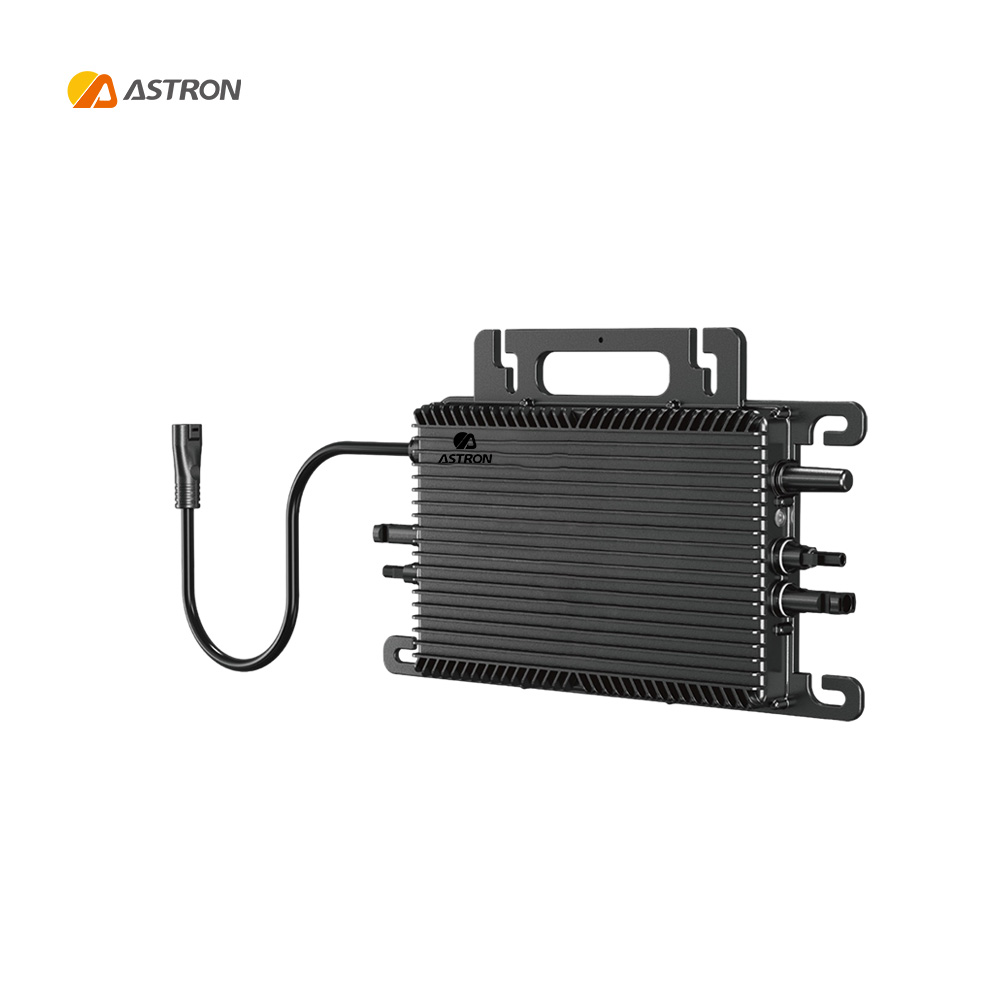Micro inverter
Description
Technical Parameters
Products Description
Micro inverters are small inverter units that are installed directly behind each solar panel, converting the DC current produced by the panel into AC voltage. In contrast, traditional string inverters are installed at a central location and are responsible for converting the DC current generated by a group of solar panels into AC voltage.
Product picture
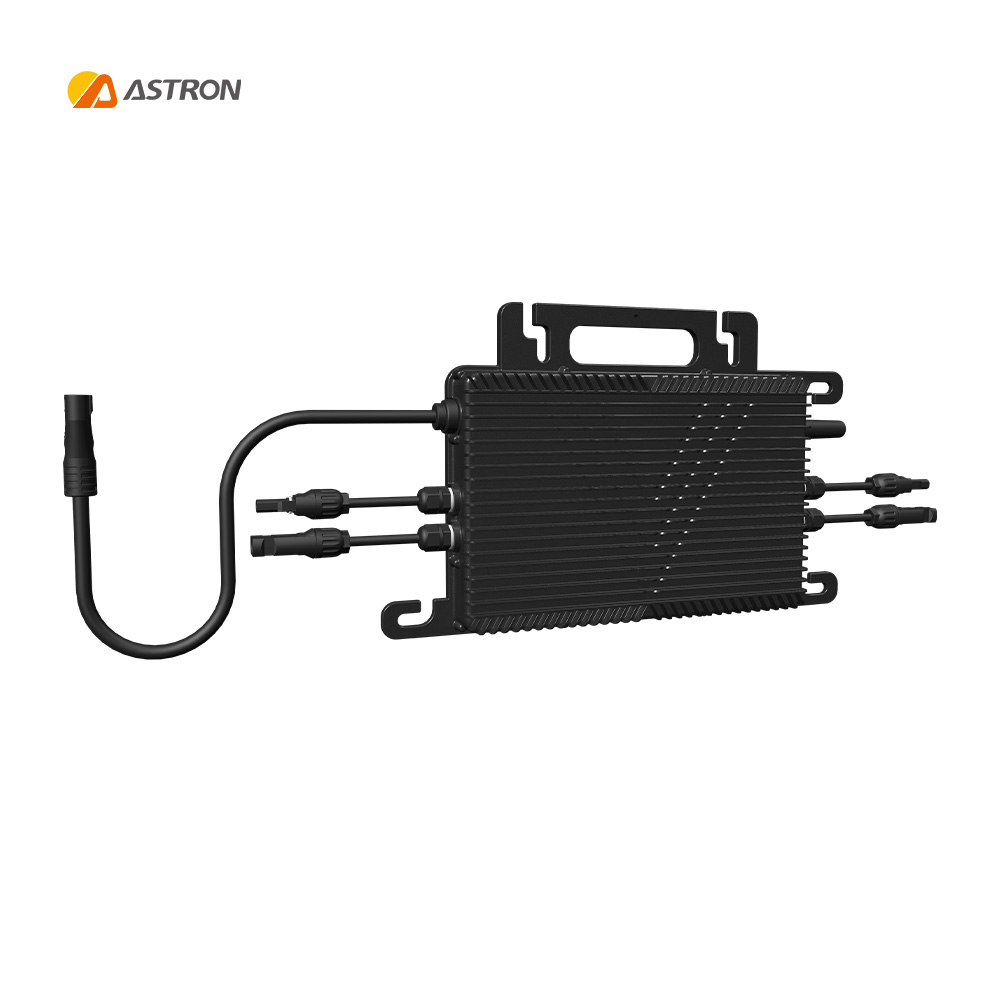
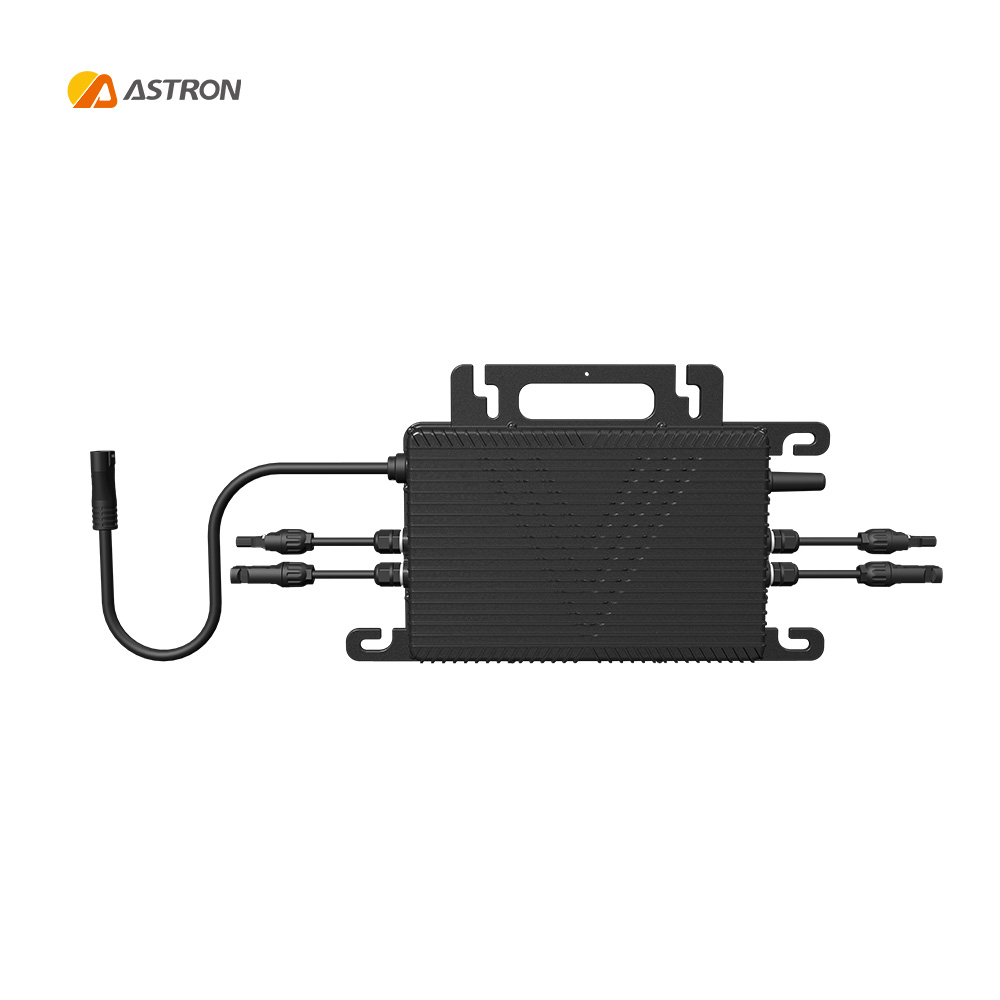
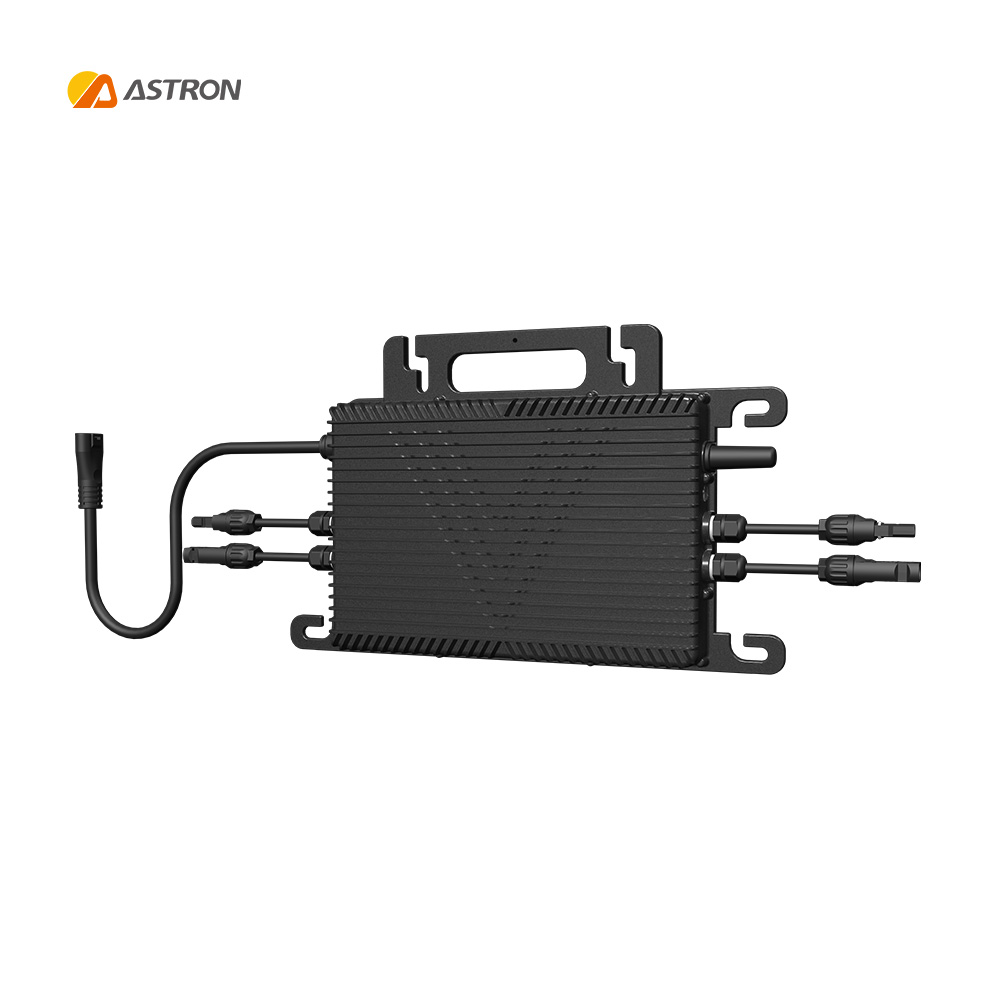
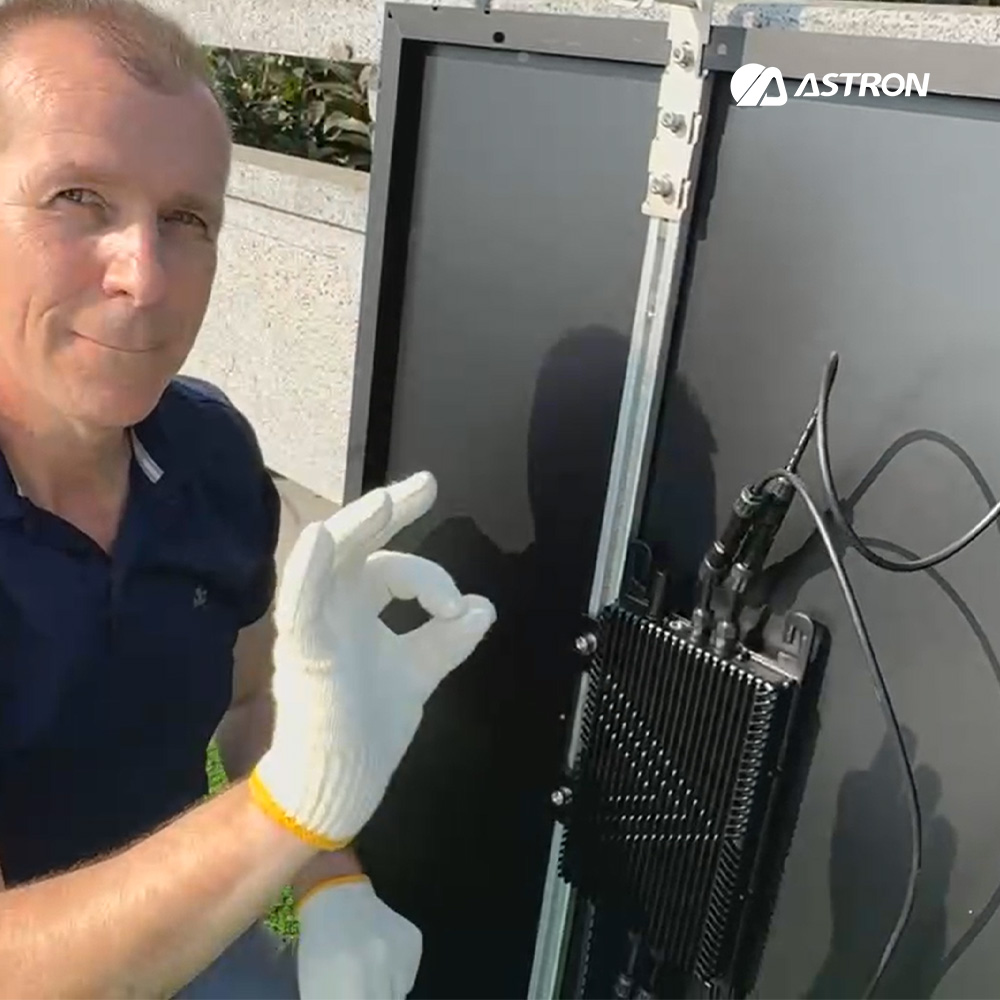
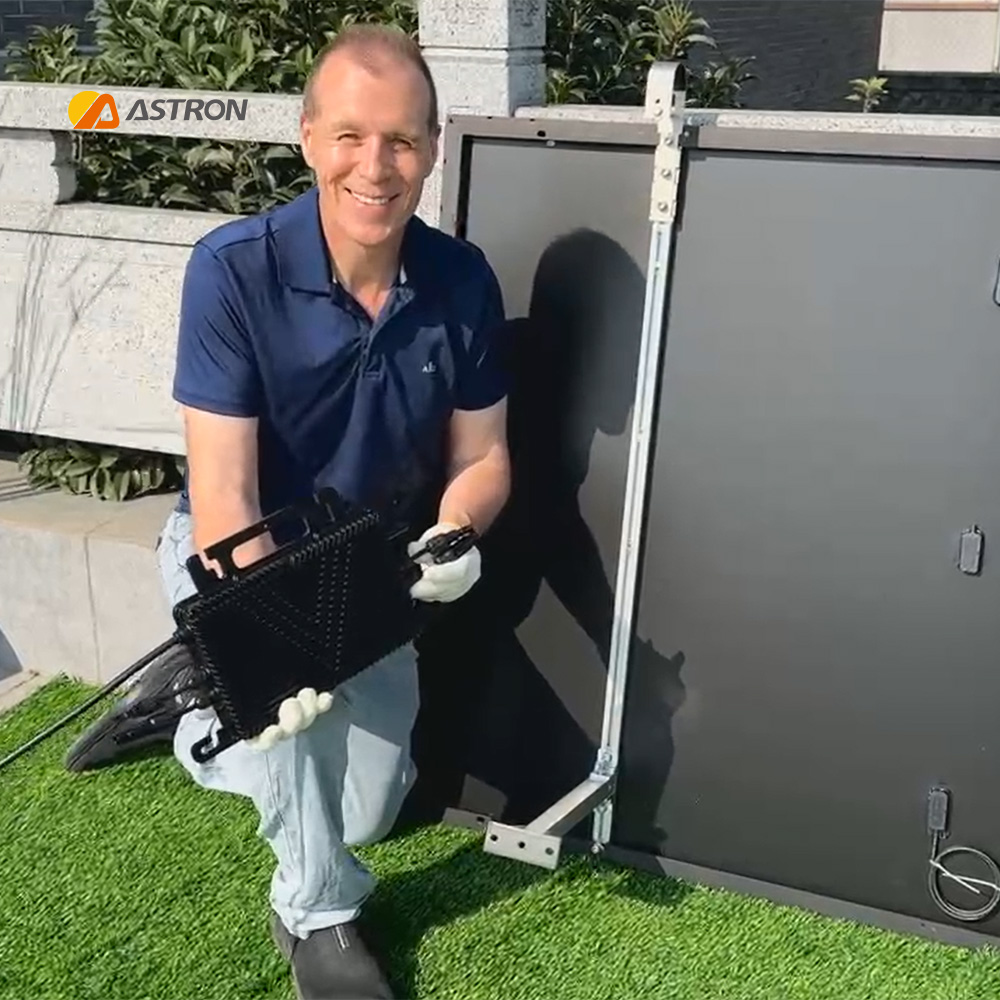
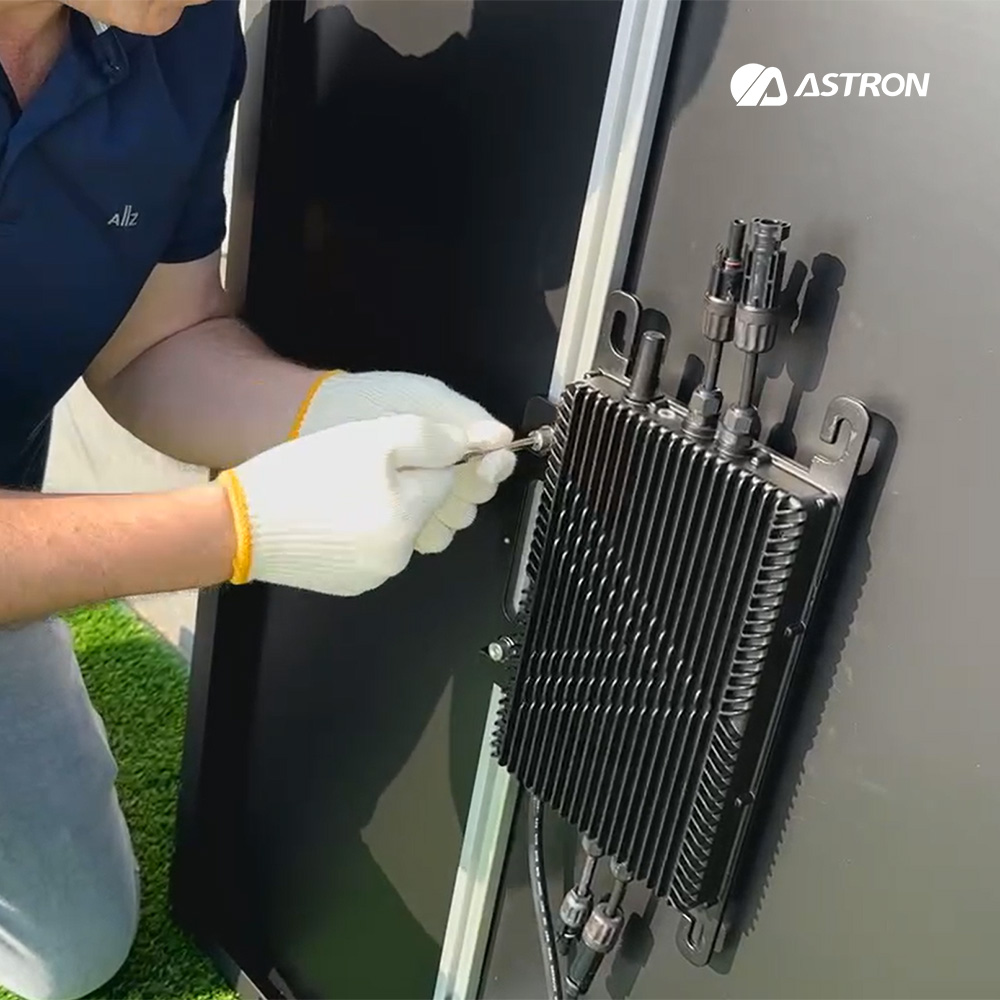
Product specifications
| Model | VM600B-P2-EU | VM700B-P2-EU | VM800B-P2-EU | VM900B-P2-EU | VM1000B-P2-EU |
| Commonly Module Power (W) | 240 to 410+ | 270 to 460+ | 330 to 550+ | 350 to 610+ | 390 to 680+ |
| Peak Power MPPT Voltage Range(V) | 33-48 | ||||
| Start-up Voltage (V) | 21 | ||||
| Maximum Input Voltage (V) | 65 | 65 | 65 | 65 | 65 |
| Maximum Input Current (A) | 2x13 | 2x14 | 2x15 | 2x16 | 2x17 |
| Maximum Input Short Circuit Current (A) | 2x25 | 2x25 | 2x25 | 2x25 | 2x25 |
| Number of MPPTs | 2 | ||||
| Number of Inputs per MPPT | 1 | ||||
| Output Data(AC) | |||||
| Rated Output Power (VA) | 600 | 700 | 800 | 900 | 1000 |
| Rated Output Current (A) | 2.6 | 3.0 | 3.5 | 4 | 4.5 |
| Maximum Units per 10AWG Branch² | 12 | 10 | 9 | 8 | 7 |
| Maximum Units per 12AWG Branch² | 7 | 6 | 5 | 5 | 4 |
| Nominal Output Voltage/Range (V)¹ | 230/180-275 | ||||
| Nominal Frequency/Range (Hz)¹ | 50/45 -55 | ||||
| Power Factor (adjustable) | 0.8 leading…0.8 lagging | ||||
| Total Harmonic Distortion | <3% | ||||
| Efficiency | |||||
| CEC Peak Efficiency | 96.80% | 96.8% | 96.80% | 96.60% | 96.60% |
| Nominal MPPT Efficiency | 99.80% | ||||
| Nighttime Power Consumption (mW) | <50 | ||||
| Packing Configuration | |||||
| Container | 40'HO/20'HG | ||||
| Pieces/Pallet | 150/150 | ||||
| Pallets per Container | 40/20 | ||||
| Pieces per Container | 6000/3000 | ||||
| General Data | |||||
| Ambient Temperature Range (C) | -40 to +65 | ||||
| Dimensions (Wx H xDmm) | 361×222×36.5(including 3 hooks) | ||||
| Weight (kg) | 3.1 | ||||
| Fnclosure ratinc | Outdoor IP67 (NEMA 6) | ||||
| Cooling | Natural Convection (no fans) | ||||
| Communication | Sub-1C | ||||
| Monitoring | FLYT Cloud3 | ||||
| Type of Isolation | Galvanically Isolated HF Transformer | ||||
| Compliance |
IEC/EN 62109-1,IEC/EN 62109-2,IEC/EN 61000-6-1/-2/-3/-4,EN50549-1:2019, VDE-AR-N 4105:2018,CEIO-21,TOR Erzeuger,R25:2019,EN 300220-1/-2, |
||||
Advantage
1. Improved efficiency: Installing microinverters behind each solar panel can significantly improve system efficiency, as each panel operates independently, meaning that the performance of one panel does not impact the efficiency of the entire system.
2. Simplified installation and maintenance: As each panel operates independently with its own microinverter, the installation process is more straightforward and requires less wiring. Additionally, if one panel or microinverter fails, it is easier to replace just one unit rather than having to replace an entire string of panels.
3. Increased flexibility and scalability: Microinverters allow for more flexible system designs, including the ability to combine panels of different sizes and orientations. This means that systems can be better tailored to specific roof spaces and energy needs, and can be more easily expanded in the future.
Send Inquiry

